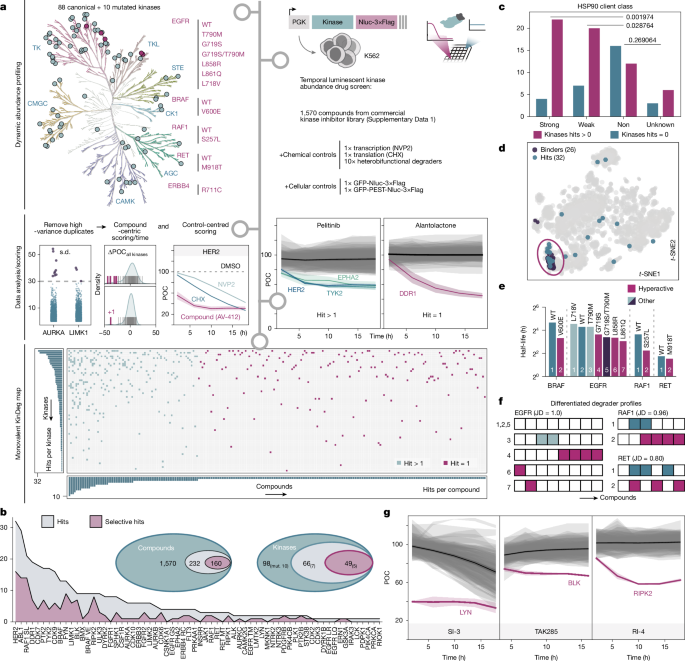Cell lines and cell culture
KBM7 cells (obtained from T. Brummelkamp) and KBM7 iCas9 cells (a gift from J. Zuber) were grown in IMDM (Thermo Fisher Scientific) supplemented with 10% heat-inactivated FBS (Sigma-Aldrich) and 1%…

KBM7 cells (obtained from T. Brummelkamp) and KBM7 iCas9 cells (a gift from J. Zuber) were grown in IMDM (Thermo Fisher Scientific) supplemented with 10% heat-inactivated FBS (Sigma-Aldrich) and 1%…